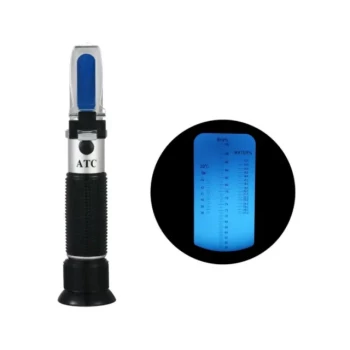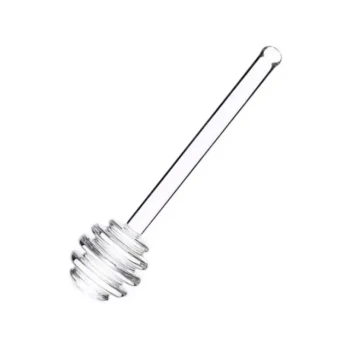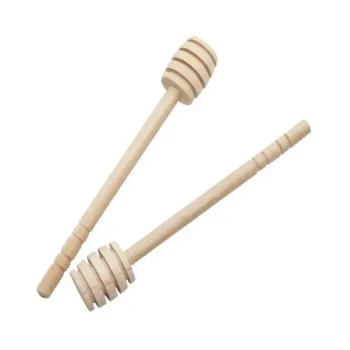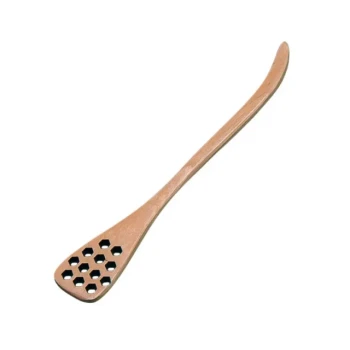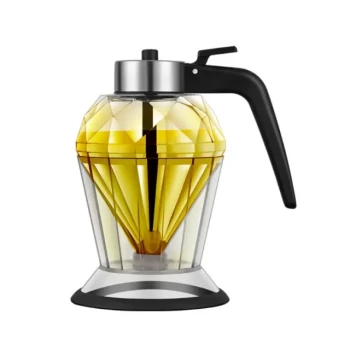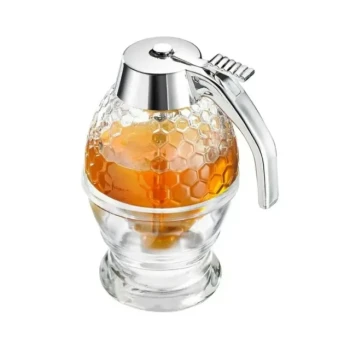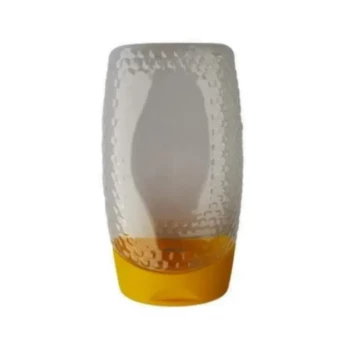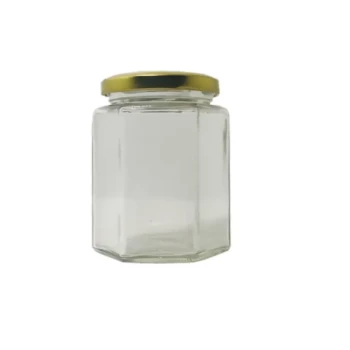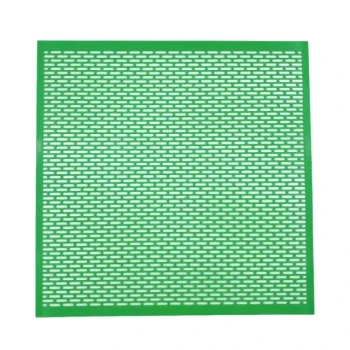For honey to be stable and of high quality, its moisture content must be carefully controlled. Any honey with a moisture content above 20% is considered too high, as it will inevitably begin to ferment and spoil. The ideal range for maximum stability and preservation is between 17% and 18%, which prevents the natural yeasts present in honey from becoming active.
Honey's longevity hinges on its low water content. While the ideal is below 18%, crossing the 19-20% threshold introduces a significant risk of fermentation, which spoils the honey's flavor, aroma, and commercial value.
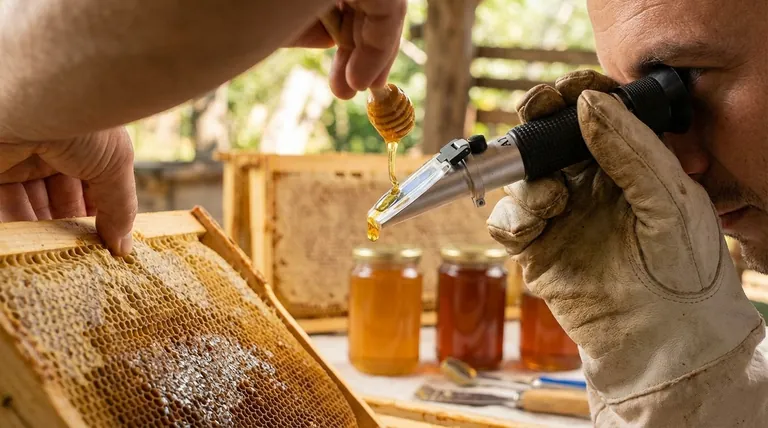
Why Moisture Content Is the Critical Factor
The percentage of water in honey is the single most important variable determining its shelf life and quality. Understanding this principle is essential for beekeepers and consumers alike.
The Science of Honey Fermentation
All raw honey contains wild, osmophilic (sugar-tolerant) yeasts. At low moisture levels, the high sugar concentration creates an environment of high osmotic pressure, which keeps these yeast cells dormant by drawing water out of them.
When the water content rises, this pressure decreases. The yeast cells can then absorb enough water to become active, beginning the process of fermentation. They consume the honey's sugars and produce alcohol and carbon dioxide, ruining the product.
Honey's Hygroscopic Nature
Honey is hygroscopic, meaning it has a natural tendency to absorb moisture directly from the surrounding air. If left unsealed in a humid environment, a perfectly dry batch of honey can gradually increase its water content until it reaches a level that allows for fermentation.
Defining the Moisture Content Thresholds
Specific moisture levels correspond directly to the risk of spoilage. These thresholds are the industry standard for grading honey quality and stability.
The Safe Zone: Below 18%
This is the gold standard for long-term preservation. Honey with a moisture content of 17% or less will not ferment, regardless of the yeast count. Beekeepers aim for this range to ensure a stable, high-quality product.
The At-Risk Zone: 18% to 19%
This range is a gray area. Fermentation is not guaranteed but becomes possible, especially if the honey has a naturally high yeast count. Honey in this zone requires careful handling and is less suitable for very long-term storage.
The Danger Zone: 20% and Above
Once moisture content reaches 20%, fermentation is likely to occur. At levels of 21% or higher, fermentation is rapid and inevitable. Honey at this moisture level is considered spoiled and is not fit for sale as table honey.
Common Causes and Consequences
High moisture content rarely happens by accident; it is typically the result of specific environmental conditions or handling mistakes.
Premature Harvesting
Bees are master chemists. They cure the nectar in the honeycomb, fanning their wings to evaporate water until it reaches the ideal concentration (typically under 18%). They then seal the cell with a wax capping. Harvesting honey from uncapped or partially capped frames is the most common cause of high moisture.
Environmental Factors
In very humid climates or during unusually wet seasons, bees may struggle to dehydrate the nectar sufficiently. This can result in a harvest that is naturally higher in moisture and more susceptible to spoilage.
Post-Harvest Mishandling
Introducing water during the extraction process or storing honey in unsealed containers in a damp pantry or basement can easily raise its moisture content. This is why a tightly sealed lid is critical for long-term storage.
Understanding the Trade-offs
Dealing with high-moisture honey involves significant compromises in quality and value.
Loss of Commercial Value
Fermented honey has a distinct sour or alcoholic taste and aroma, making it unsuitable for retail sale. It is considered a defective product, and batches with moisture above the legal or commercial limit (often 20%) are rejected.
Downgrading to "Baker's Honey"
Honey that has started to ferment is not always a complete loss. It can sometimes be sold at a drastically reduced price as "baker's honey" for use in commercial baking, where the off-flavors are masked by other ingredients and the heat of baking.
Making the Right Choice for Your Goal
Controlling moisture is key to preserving the value and quality of honey. Your approach depends on your role.
- If your primary focus is harvesting honey: Aim for a moisture content of 16-18% by harvesting fully capped frames and using a honey refractometer to verify the water content before extraction.
- If your primary focus is selling honey: Do not bottle or sell any honey with a moisture content above 19%. This protects your customers, your reputation, and prevents financial loss from spoiled product.
- If your primary focus is storing honey: Always keep your honey in a tightly sealed, airtight container and store it in a dry, room-temperature location to prevent it from absorbing atmospheric moisture.
Ultimately, managing moisture content is the fundamental practice that preserves the unique quality and near-eternal shelf life of honey.
Summary Table:
| Moisture Level | Risk & Status |
|---|---|
| Below 18% | Safe Zone: Fermentation will not occur. Ideal for long-term storage. |
| 18% - 19% | At-Risk Zone: Fermentation is possible; not suitable for very long-term storage. |
| 20% and Above | Danger Zone: Fermentation is likely and rapid; honey is considered spoiled. |
Protect your honey's quality and commercial value with the right equipment. HONESTBEE supplies commercial apiaries and beekeeping equipment distributors with professional-grade tools, like honey refractometers, to accurately measure moisture content and ensure every harvest meets the highest standards. Contact our experts today to discuss your wholesale needs and safeguard your operation's reputation and profitability.
Visual Guide
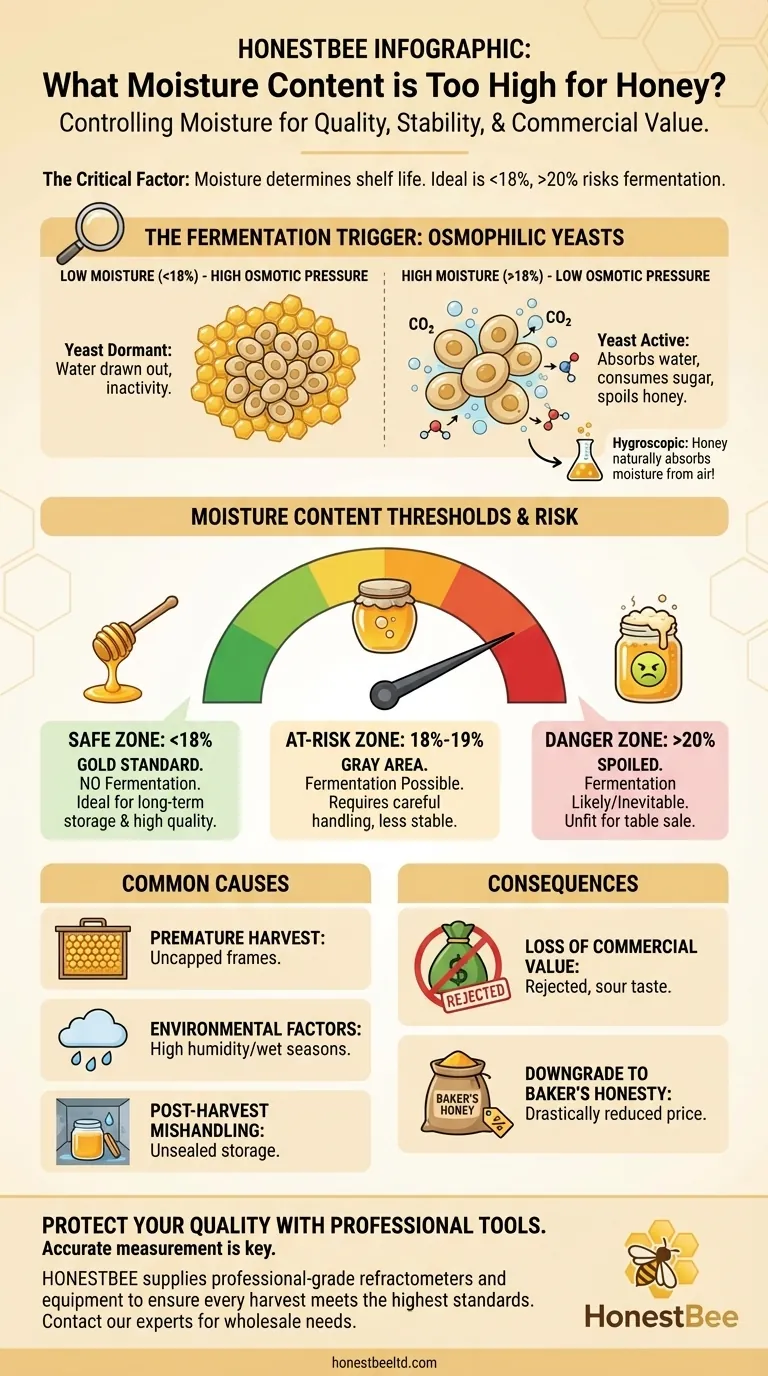
Related Products
- Precision Honey Refractometer Instrument for Quality Assessment
- Easy Use Manual Stainless Steel Honey Press for Honey Comb
- 10L Stainless Steel Electric Honey Press Machine
- Premium Heat-Resistant Glass Honey Dipper
- Natural Wood Honey Dipper for Tea Coffee and Desserts
People Also Ask
- Why is a honey refractometer essential for honey harvesting? Protect Your Harvest from Spoilage
- What are the features of the Standard Refractometer for honey moisture content? Essential Tools for Quality Control
- What is a honey refractometer? The Essential Tool for Perfect Honey Quality
- What are the key points for proper usage of a honey refractometer? Ensure Accurate Moisture Readings Every Time
- Why is a honey refractometer important for beekeepers? Ensure Quality and Prevent Fermentation
